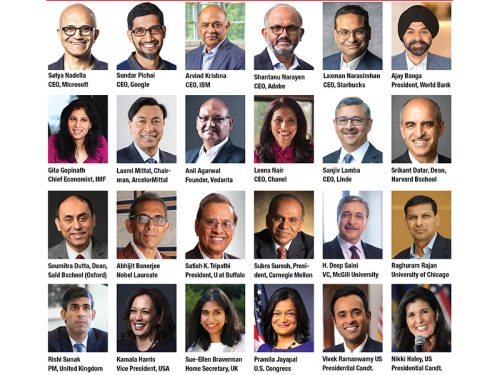 Visitors stand out at Marlboro College’s bucolic campus in the woods of Vermont, but not because they are special or even unexpected. With 190 matriculated students and just a few dozen faculty and staff, everyone knows everyone. The student-faculty ratio is 5:1, perhaps the lowest in the country. The college administration has worked hard to stay small: the student population has rarely topped 350. But in the years since its founding after the second world war, Marlboro has often skirted financial ruin. In 1993, it had only a few payrolls left in the bank. It was rescued by a foundation. Today it is looking for ways to save itself and already experiencing some success.
Visitors stand out at Marlboro College’s bucolic campus in the woods of Vermont, but not because they are special or even unexpected. With 190 matriculated students and just a few dozen faculty and staff, everyone knows everyone. The student-faculty ratio is 5:1, perhaps the lowest in the country. The college administration has worked hard to stay small: the student population has rarely topped 350. But in the years since its founding after the second world war, Marlboro has often skirted financial ruin. In 1993, it had only a few payrolls left in the bank. It was rescued by a foundation. Today it is looking for ways to save itself and already experiencing some success.
Marlboro is not alone in facing revenue and enrolment pressures. Burlington College (70 students), also in Vermont, shut its doors last summer. Sweet Briar, a well-regarded women’s college in Virginia, nearly closed to its 245 students in 2015. A last-minute bout of fundraising by alumni saved it, for now. Moody’s, a credit-ratings agency, said in 2015 that the pace of closures and mergers will accelerate and could triple from an average of five per year over the next few years.
Part of the problem, at least for small liberal arts institutions, is that parents and would-be students are questioning the value of the liberal arts. They want real returns, in the form of well-paying jobs, for their four-year investment. There are still an awful lot of small colleges: about 40 percent of degree-granting colleges have fewer than 1,000 students. But enrolment at these institutions has fallen by more than 5 percent since 2010, while the student population has increased overall.
To attract students, some colleges are reducing their sticker price, but this is not sustainable for colleges without healthy endowments. According to the National Association of College and University Business Officers (NACUBO), 49 percent of independent colleges and universities offer discounts, up from 38 percent a decade ago. Alice Brown, a former head of the Appalachian College Association, a network of tiny colleges in the Appalachian Mountains, thinks more must merge or close. The Berklee College of Music (4,371 students) and the Boston Conservatory (730 students) merged in June. Small colleges often share accountants and laboratories.
Some tiny colleges rely on donations to save the day. Alumni are concerned about the value of their own degree if the college closes, but donors can grow weary. Marlboro, meanwhile, is using its endowment to offer scholarships to one student from each state in an effort to expand its usual pool from New England, and to open up new student pipelines. It saw success straight away. It increased its student population by 6 percent in the academic year 2016-17, after years of falling enrolment.


















Add comment